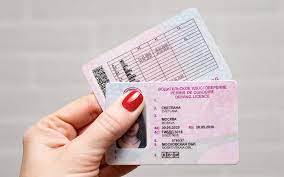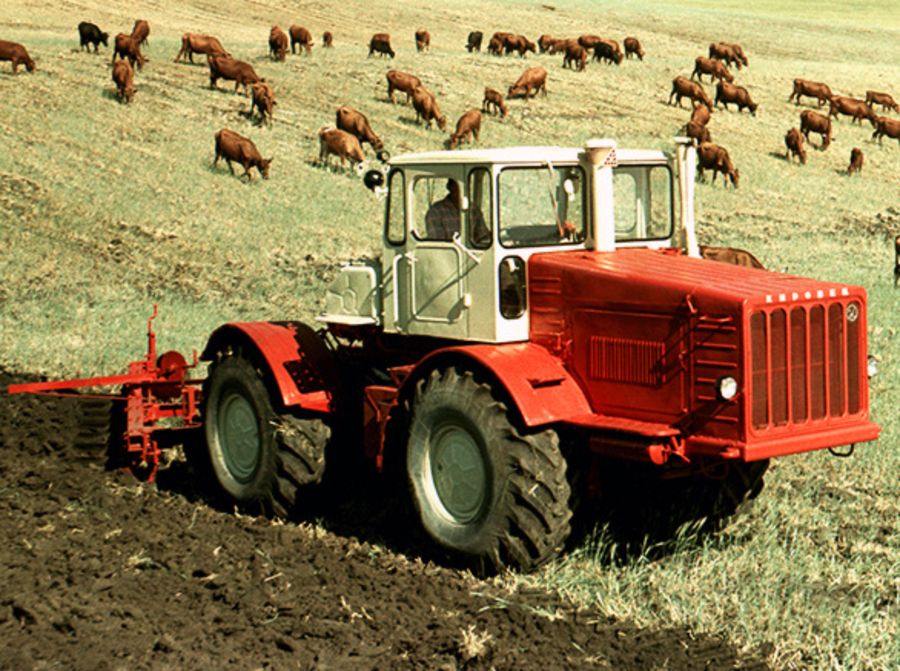Category M license – this is a document, which confirms your qualifications and suitability to drive mopeds, scooters, light ATVs and other vehicles, which have a small engine volume and power. This category of rights appeared in 2013 year and became mandatory for all drivers of such vehicles from 2017 of the year. In this article, we will tell, what does category M mean?, what can you ride with her?, how to get it and what fines you face for driving without it. 
What does category M mean in rights?
Category M in rights means, that you have the right to drive vehicles, which belong to off-road vehicles and have the following characteristics:
- maximum speed no more 50 km/h;
- engine capacity no more 50 cubic. cm;
- engine power no more 4 kW;
- weight without load no more 350 kg;
- number of passenger seats no more than two.
Such vehicles include:
- mopeds, scooters, minibikes, scooters;
- light ATVs, wheeled or tracked;
- electric scooters, electric bicycles, Segways and other electrical devices.
Category M does not give the right to drive motorcycles, cars or other vehicles, which require other categories of rights, such as A, A1, IN, C etc.
What can you drive with an M license?
Having purchased a category M license you can drive any vehicle, which corresponds to the characteristics, above. but, you must follow the following rules:
- you can only drive on public roads, which have a hard surface and markings;
- you can't drive on sidewalks, pedestrian areas, bike paths, motorways, expressways and other roads, where mopeds and ATVs are prohibited;
- you must follow the traffic rules (Traffic regulations), including speed limits, turning rules, overtaking, stops and parking, alarm and lighting;
- you must have a category M driver's license with you, technical passport of the vehicle, MTPL insurance policy and other documents, if required;
- you must use protective equipment, such as a helmet, gloves, vest, knee pads, etc..
How to get a category M license
For, to get a category M license, you need to undergo training at a specialized educational institution, having a license for professional education. Training can be face-to-face or remote, depending on your choice. Duration of training is from 36 to 72 hours, depending on the program. Upon completion of training, you must pass a theoretical and practical exam at the State Traffic Inspectorate (Traffic police). Theoretical exam tests your knowledge of traffic rules, basics of vehicle maintenance and repair, as well as safety measures when driving. The practical test tests your driving skills on a special site or in real conditions.. If you pass both exams successfully, you will receive a category M driver's license, which is valid for 10 years old.
What documents are needed to obtain a category M license?
To obtain a category M license you will need the following documents:
- passport of a citizen of the Russian Federation;
- medical certificate, confirming the absence of contraindications for driving a category M vehicle;
- certificate of completion of training courses;
- 2 photographs size 3x4 cm;
- driver's personal card, which is filled out at the traffic police before the exams.
What medical certificate is needed to obtain a category M license?
A medical certificate to obtain a category M license must be issued in form 083/u-89 and contain the opinions of doctors of the following specialties:
- therapist;
- neurologist;
- psychiatrist;
- expert in narcology;
- ophthalmologist;
- otolaryngologist;
- a surgeon;
- a dentist.
The certificate must be issued no earlier than 3 months before submitting documents for a license. The validity period of the certificate is 3 of the year.
How much does it cost to get a category M license?
The cost of obtaining a category M license depends on several factors, such as:
- category and rank right;
- type and duration of training;
- region of residence;
- availability of discounts and benefits.
Average, the cost of training for a license category M varies from 7 to 35 thousand. Besides, you need to take into account the cost of a medical certificate, photographs, state duty and other related expenses.





